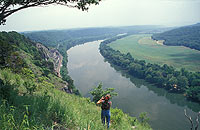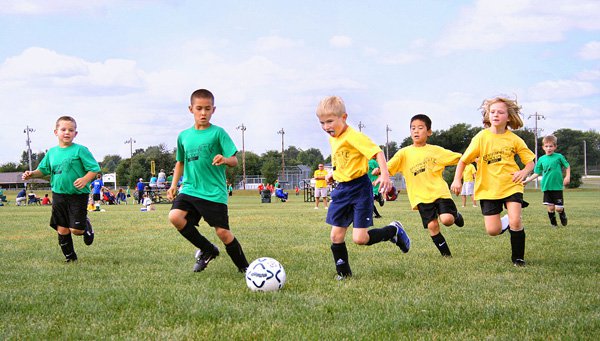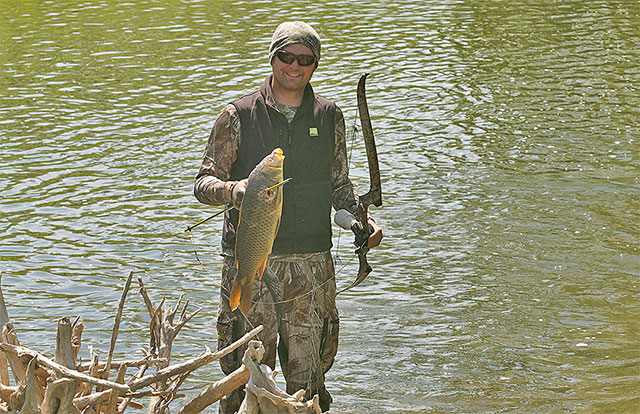Chenille
Question
A friend in Australia has asked me when chenille first came to be used in fly tying, and I can't find an answer. Was it Carrie Stevens who did it? And was she tying (as some non-authoritative web sites suggest) tying saltwater streamers?
Answer
Hi Gary -- this has been a fun one to answer. I had to pull out some books (and scanned E-books from the 1800s) that I haven't looked at in a long time, plus some internet research.
Unfortunately, I think your definitive answer is at the Carrie Stevens museum, or one of the books about her life. I wish I owned more old fly tying books.
HOWEVER -- I can date the documentation of chenille and fly tying to 1889,
John Bickerdyke, The Book of the All-Round Angler, used in patterns for fishing for Chub. Carrie wouldv'e been 7 years old when that was published. And Theodore Gordon from around 1880, and confirmed by Roy Steenrod, (Gordon's Bumble Puppy).
There's also a pattern on a plate from Mary Orvis Marbury's 1892 book Favorite Flies and Their Histories that looks to me like it MUST contain chenille (but I dont' own the book unfortunately to get the pattern recipe).
Cotton Chenille itself dates back to the 1700s.
So it appears to me that other tiers were using chenille when Carrie Stevens was a youth....perhaps that's where she picked up on using it? Or from her guide husband? She did not become a famous tier until 1924, at age 42.
I don't have the book "Carrie Stevens: Maker of Rangeley Favorite Trout and Salmon Flies" but from the publisher's teaser:
"Carrie Stevens (1882-1970) of Upper Dam, Maine, created some of the most beautiful and enduring streamer patterns ever, including the legendary Gray Ghost, which she designed to catch the giant brook trout and landlocked salmon of the Rangeley Lakes."
I think the publisher left out smelt -- it's know that she fished for those too. As far as salt water -- I do not know, but I doubt it.
DAN
Fly Tying vise
mcgill-wright fly rod


